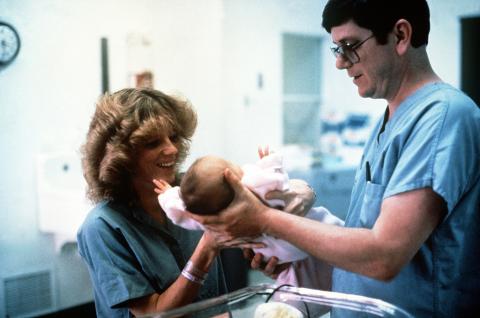Population Crisis Fix Means Getting Enough Babies Every Year Starting This Year

by Brian Wang
Japan and Korea leaders have declared national emergencies around these issues. They have spent billions over the past 20-30 years and plan to spend tens of billions. However, Nextbigfuture believes the programs have already been flawed and inadequate. Japan's problem is not just that they have already dropped from a peak of 128 million people to 122 million today and are headed to 100 million people in 2050. Japan and Korea leaders have declared national emergencies around these issues. They have spent billions over the past 20-30 years and plan to spend tens of billions. However, Nextbigfuture believes the programs have already been flawed and inadequate. Japan's problem is not just that they have already dropped from a peak of 128 million people to 122 million today and are headed to 100 million people in 2050.
If you are drowning, then going from twenty feet underwater to ten feet underwater is nice but you want to be breathing at the surface all the time. Being below replacement birth rate means that mothers are not replacing themselves with a daughter. The mother ages out around 30. It is still possible to have a baby after 30 but the percentages start dropping a lot especially if the women does not have a partner yet and they are not already trying. Twenty years of 1.1 or less fertility rate means that the country has half as many fertile women for the next generation.
Japan’s total fertility rate, the number of children a woman has in her lifetime, likely fell to about 1.2 in 2022, the lowest in 17 years. Getting to replacement of 2.07, we would need a 73% increase in birth rates. Instead of 800,000 babies per year there would need to be 1.38 million.
Japan needs to define the problem that they need to get at least an additional 580,000 babies born in 2023 and another 580,000 to 600,000 babies born in 2024. Every day, every week and every month they can check the hospitals and see that they had maybe 60,000 to 70,000 babies in a month but needed to have 50,000 to 60,000 more that month.
Japan is touting the “success” of a small city. Akashi’s population has grown for 10 years in a row to over 300,000. As of 2021, women here had an average of 1.65 kids compared to 1.3 children nationwide. Many Akashi residents credit the city’s success to Fusaho Izumi, the city’s mayor from 2011 until April.
Yes, 1.65 is better than 1.3. However it is still far less than 2.07.



























